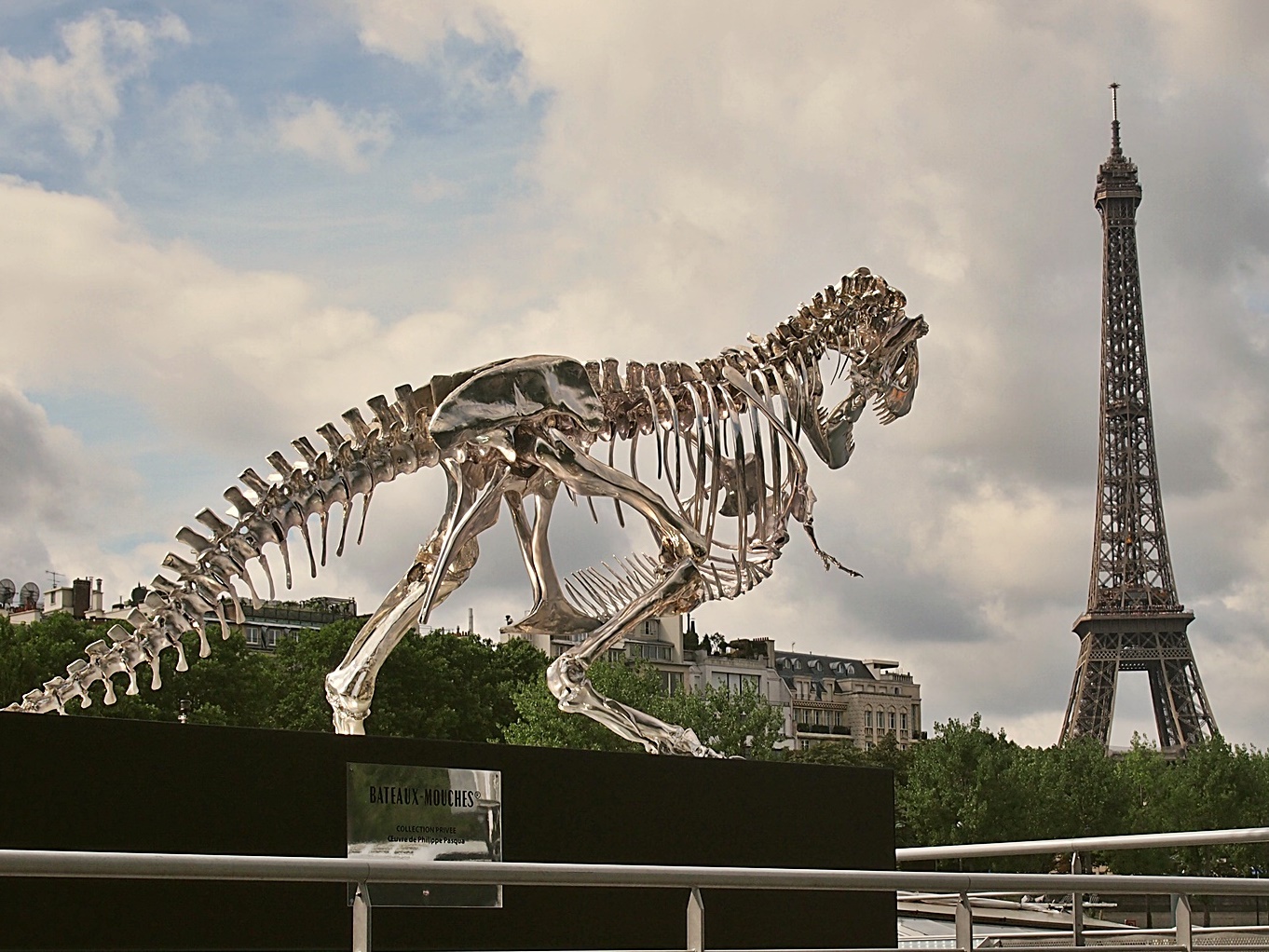Last night I got a rare recommendation in my YouTube on one of my old subscription to Prof Steve Keen, am Australian economics professor. Not very well known because he is pushing a more niche view on the already unconventional idea of Modern Monetary Theory (MMT).
To put simply what this is all about: CREDIT (LOAN) CREATION IS MONEY CREATION
I am not an econ major, and I am oversimplifying as hell here, but, its like this. With modern accounting practice, when you take out a RM1k loan from your neighbourhood bank branch, the branch is not giving you the loan by withdrawing from its reserves of savings deposits. They will simply add RM1k to their liabilities and credit RM1K into your account. Number flipping only. Easy peasy like roti canai.
Even so, the funds that you get can then be spent just like regular cash. No shops are going to differentiate between it and your paid-in-cash salary.
It is essentially fresh money, added to the economy, simply at the discretion of your local branch manager. No involvement from Bank Negara or the state whatsoever.
And consider the amount of loans we Malaysians took over the decades, people buying multiple cars and houses. How much of of the Ringgit in circulation today is from the gov issue, and how many are generated from credit? How far has the Ringgit been watered down by this?
What Prof Steve Keen, based on Hyman Minsky’s work, is working on are what effect this phenomenon can have on the wider system. He cautioned that economies with too much credit circulating will get very fragile by being very sensitive to interest rate fluctuations.
MMT get a lot of flak in mainstream media for being “crazy”, but as a theory, it’s a powerful concept. On one hand it allows government to create money without indiscriminately printing cash through “quantitative easing”, a power which can easily be abused. But it also reveals the extent of power individual banks actually have on the national economy. Scary stuff.
I’m gonna let you in a little secret - MMT principles isn’t actually that crazy and quantitative easing has been in the arsenal of first world/OECD economies for a while now. Malaysia too isn’t a stranger to this imo, if anything the notion that it’s crazy is new and pretty much came together when “deficit hawks” and talking about a balanced national budget like that’s a sensible notion isn’t laughed out of normal society (basically from the Reagan-era onwards). That’s why QE as a terminology had to be invented because in that fiscal school of thought, the spectre of WW2 German hyperinflation made such things verboten. Of course this is my “I should be sleeping” muddled way of putting things.
Where you’re getting concerned is applying MMT for retail banks. No, this is out of their domain. This is for entities that control the flow of money IE actual fiscal regulators (your central banks lah). No one else can print legal tender. Remember this. (ETA: if a household when audited cannot prove how they got their income, they get investigated. If a retail bank gives out loans based on fraudulent value of their reserves - which isn’t the same as a central bank reserve - they are also breaking the law. Because MMT is quite literally the creation of more currency, you cannot apply commonsensical understanding of what it means to be saver or spender to this. Retail banks cannot actually inkjet laser print more money. If they have no more reserves to loan out, they cannot lend.)
Last point to at least help you reorient your thinking: remember, as a global civilization none of our currencies are backed by gold or any asset. It’s fiat currency. Meaning instead of printing money only as far to the actual gold you have, the state has the authority to dictate the flow of currency. Then it battles it out in the market, which is one way to frame how inflation happens. MMT is basically saying, and if you look at today’s economies there’s merit to their argument, the flow of cash isn’t a direct factor to increased inflation. Because it turns out there are other issues (such as elite capture of such cash that they got thru grants or subsidies that they immediately deposit into savings and “investments” instead of circulating it in the economy as intended).
Oh and the absolute last point: this is still ONLY talking about monetary policy. Financial regulations and policymaking needs one more dimension: fiscal policy. At that point is where MOF comes in, through taxation policy and other social rebalancing of wealth initiatives.
(you wanna know how MMT or elements of it exist already here? BR1M)
You mean, like, he got BNM buying his bonds?!
Bossku was MoF during that time right? Wonder where he got the smarts to pull off this financial sorcery 🤔 Or maybe he persuaded BNM with some plastic playdough.
Lol, like I said only elements. For some reason, during his time he became really partial with left-wing solutions, but it’s not complete. He only picked up the real populist ones. BR1M is basically a half-assed Universal Basic Allowance (half-assed because it’s still means-tested, in this case only for B40, and the funding for it still involved some concession that it needed a portion of budget reallocation but with the way (any) govt works, quite a bit of that also involved QE (money printing)).


